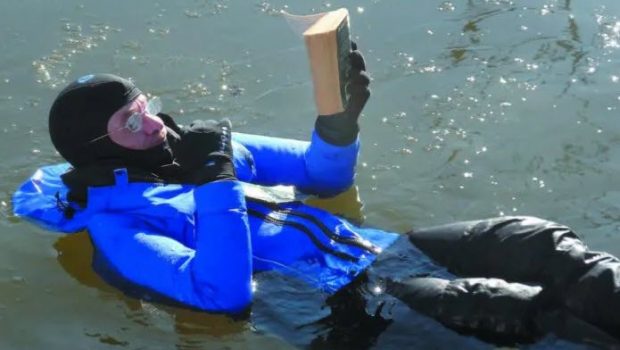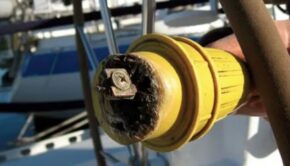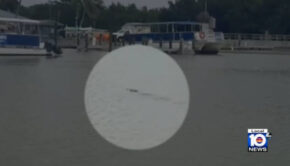Spring sailing: Cold water survival
Published on March 22nd, 2022
Published since 1974, Practical Sailor is the only independent product test report of sailboats, sailing equipment, and gear. They’re also good about providing advice that can save our lives, as they do with this reminder regarding cold water survival:
When we read about a sailor lost overboard in a storm, we think about PFDs and personal locator beacons, and accept the sea is unforgiving. When we read of novice boaters drowning in a local lake, we’re sad, but say that will not happen to us because we wear PFDs. But when we read of a PFD-equipped sailor falling overboard and dying within minutes, it’s a real eye-opener.
Spring sailing in temperate climates still carries the risk of cold water shock. With the water temperature in the low 50s, true hypothermia sets in at about 30 minutes. Swimming can be difficult after about 20 minutes. However, 50 degrees is well below the accepted threshold of shock. Most likely, when the icy water slams into a person’s face it causes an involuntary gasp. It’s hard to recover from inhaling water, even for a strong swimmer.
Originally known as sudden disappearance syndrome, cold water shock has been known since the 1970s. Different from true hypothermia, which results from the body core temperature dropping over a period of 20 minutes to hours, cold water shock is immediate. Being cast headfirst into icy water is one of most severe shocks a human can face, with deadly effects. It is estimated that 20 percent of victims die within 2 minutes.
The instantaneous reflex is a violent gasp, totally unlike the one scary movies strive to cause. This results in a massive in rush of air, which can be fatal if you are underwater. Unlike the controlled plunges of the local polar bear club, where participants walk in via a beach and are attended by rescue swimmers in dry suits, MOB sailors plunge in head first, the result of tripping over the lifeline.
Even with an automatic vest, your head will plunge six feet underwater before popping to the surface. If the first blast of inhaled water doesn’t drown you, you’ll arrive on the surface gasping and unable to swim and swallowing more. Drowning will typically occur in less than a minute. – Full report









 We’ll keep your information safe.
We’ll keep your information safe.